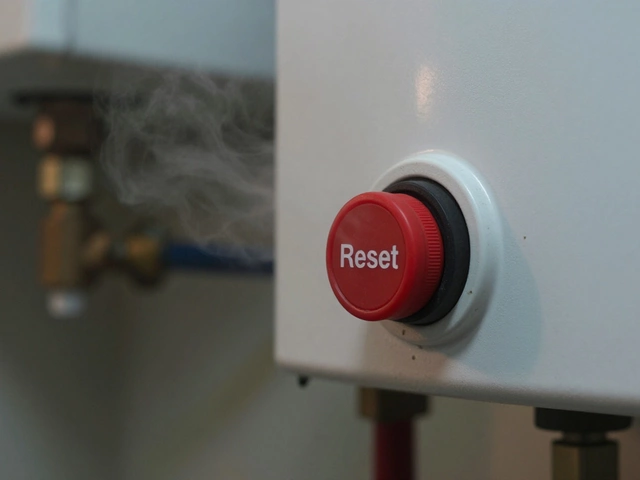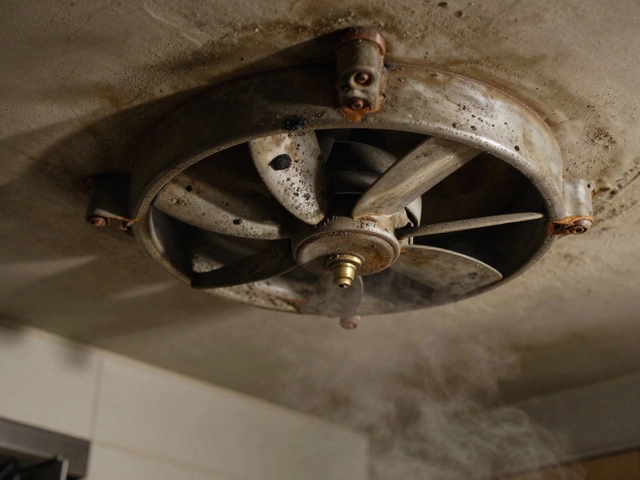Hot Water Running Cold – Why It Happens and How to Fix It
When dealing with Hot water running cold, the problem where hot water from taps feels cold or lukewarm despite the heater being set to a higher temperature. Also known as cold shower issue, it often signals a fault in the heating system. The most common companions in this drama are water heater, the device that heats domestic water for taps and showers, mixing valve, a valve that blends hot and cold water to a safe temperature, boiler, the central unit that may supply hot water in many UK homes, and the shower valve, the control that directs water flow to the showerhead. Hot water running cold isn’t just an annoyance; it can point to a broken thermostat, a stuck thermostat, sediment buildup, or a pressure‑balance issue. In short, the central problem encompasses temperature loss in the distribution pipe, a faulty mixing valve can cause cold‑only output, and a failing water heater demands repair or replacement. Understanding these connections helps you pick the right fix without guessing.
Common Reasons Your Hot Water Feels Cold
First, check the thermostat on the water heater. If it’s set too low or has drifted, the heater won’t reach the desired temperature. Next, feel the pipe leading from the heater to the tap – if it’s unusually cold, you might have a broken pipe or poor insulation, which is a classic cause of heat loss. The mixing valve is another frequent culprit; over‑time mineral deposits can jam the valve in a mostly‑cold position, so a simple clean or replace often restores proper flow. If you have a boiler‑fed system, look for low‑pressure warnings; low pressure hampers the boiler’s ability to push hot water through the system, leading to lukewarm showers. Finally, the shower valve itself can wear out. A cartridge that sticks will favor the cold inlet, especially after a few minutes of use. Each of these checks requires a basic set of tools – a screwdriver, a multimeter for the thermostat, and sometimes a pipe‑insulation wrap. If you feel comfortable, you can perform a quick DIY test: turn off the power, remove the thermostat cover, and measure resistance; a reading far from the manufacturer’s spec suggests a faulty sensor. By following the logical chain – thermostat → heating element → pipe insulation → mixing valve → shower valve – you narrow the problem quickly and avoid unnecessary service calls.
When the DIY route doesn’t solve the issue, it’s time to call a professional. A qualified engineer can diagnose hidden faults like a cracked heat exchanger inside the boiler or a failing circulator pump that you wouldn’t see without specialized equipment. Trusting a local service such as Warwick Appliance Fixers means you get a technician who knows the quirks of UK plumbing, can safely handle gas‑linked boilers, and will respect your time with a prompt visit. They’ll also give you a clear estimate before any work starts, so you know exactly what you’re paying for. Below you’ll find a collection of articles that walk you through everything from basic temperature checks to detailed repair guides, giving you the confidence to tackle the problem yourself or know when to hand it over to an expert.
Nothing’s more annoying than expecting a warm shower and getting a blast of cold instead. This article breaks down the reasons why your hot water suddenly runs cold, from easy fixes to serious repair needs. We'll cover red flags, troubleshooting tips, and common mistakes people make with their water heaters. Real-world examples and practical advice help you figure out if you can handle the problem or need a pro. No jargon, just straightforward explanations to get you out of the cold.


